I like a good challenge. The Open Source Stories team came to me with a great one: Create a hardware project where students could create their own thing that would be put together as a larger thing. The students would be middle school girls. My job was to figure out the hardware and make this thing make sense.
After days of sketching out concepts, I was wandering through my local public library, and it dawned on me that the perfect piece of hardware where everyone could design their own part to create something whole is a book! The idea of a book using paper electronics was exciting, simple enough to be taught in a day, and fit the criteria of needing no special equipment, like soldering irons.
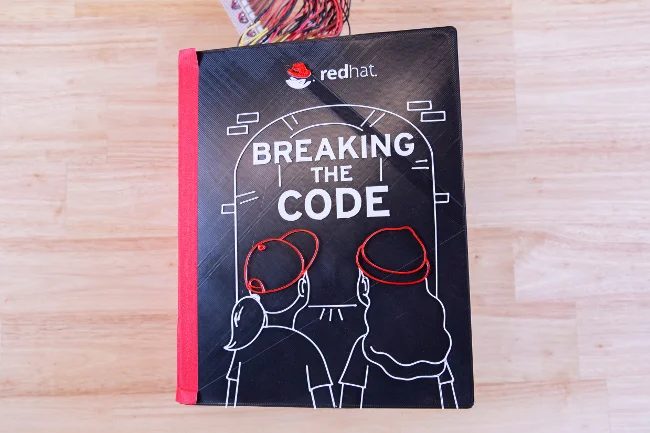
I designed two parts to the electronics within the book. Half the circuits were developed with copper tape, LEDs, and DIY buttons, and half were developed with LilyPad Arduino microcontrollers, sensors, LEDs, and DIY buttons. Using the electronics in the book, the girls could make pages light up, buzz, or play music using various inputs such as button presses, page turns, or tilting the book.
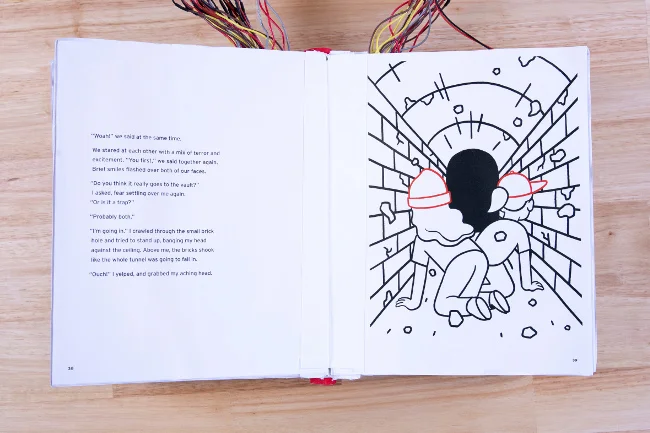
We worked with young adult author Lauren Sabel to come up with the story, which features two girls who get locked in the basement of their school and have to solve puzzles to get out. Setting the scene in the basement gave us lots of opportunities to use lights! Along with the story, we received illustrations that the girls enhanced with electronics. The girls got creative, for example, using lights as the skeleton's eyes, not just for the obvious light bulb in the room.
Creating a curriculum that was flexible enough to empower each girl to build her own successfully functioning circuit was a vital piece of the user experience. We chose components so the circuit wouldn't need to be over-engineered. We also used breakout boards and LEDs with built-in resistors so that the circuits allowed flexibility and functioned with only basic knowledge of circuit design—without getting too muddled in the deep end.
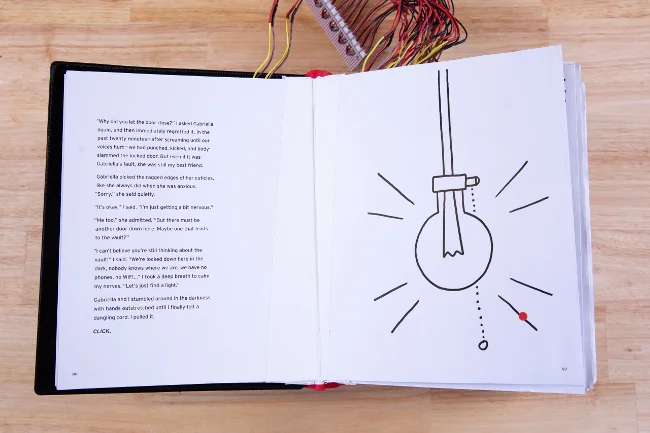
The project curriculum gave girls the confidence and skills to understand electronics by building two circuits, in the process learning circuit layout, directional aspects, cause-and-effect through inputs and outputs, and how to identify various components. Controlling electrons by pushing them through a circuit feels a bit like you're controlling a tiny part of the universe. And seeing the girls' faces light up is like seeing a universe of opportunities open in front of them.
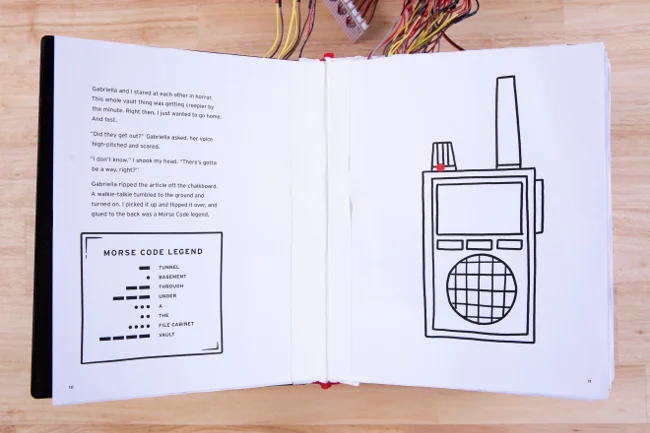
The girls were ecstatic to see their work as a completed book, taking pride in their pages and showing others what they had built.
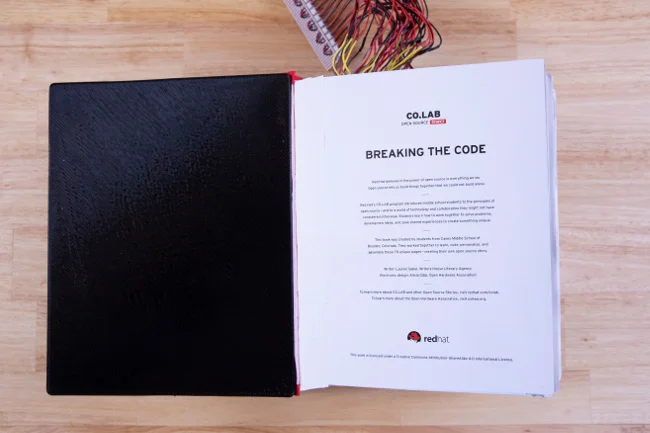
Teaching them my little corner of the world for the day was a truly empowering experience for me. As a woman in tech, I think this is the right approach for companies trying to change the gender inequalities we see in tech. Offering a safe space to learn—with lots of people in the room who look like you as mentors—speaks volumes about who should be sitting around the tech table.

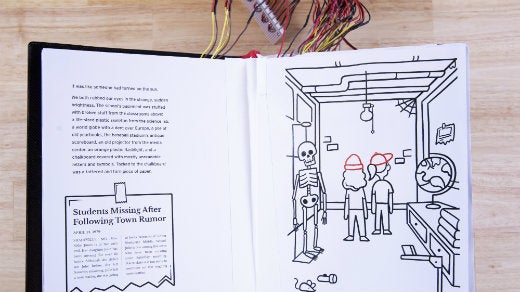





1 Comment